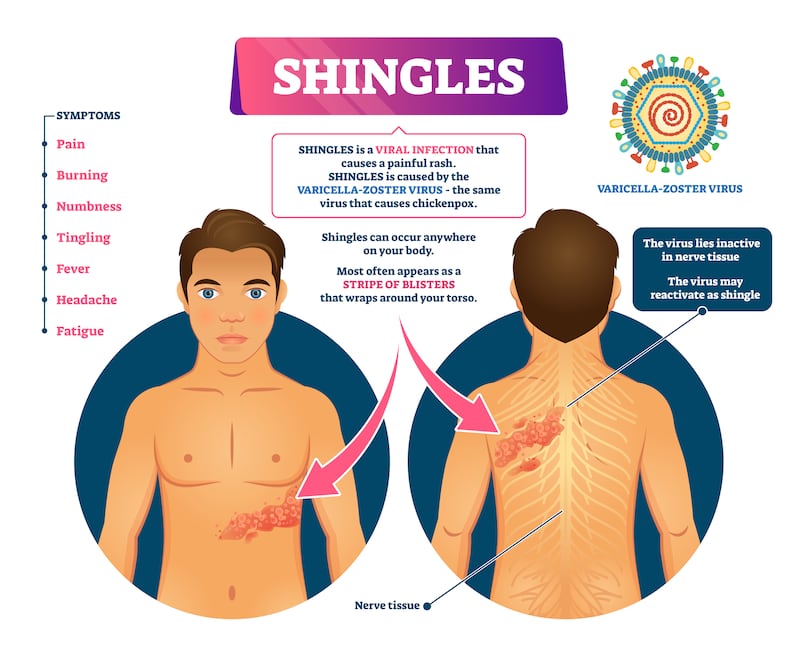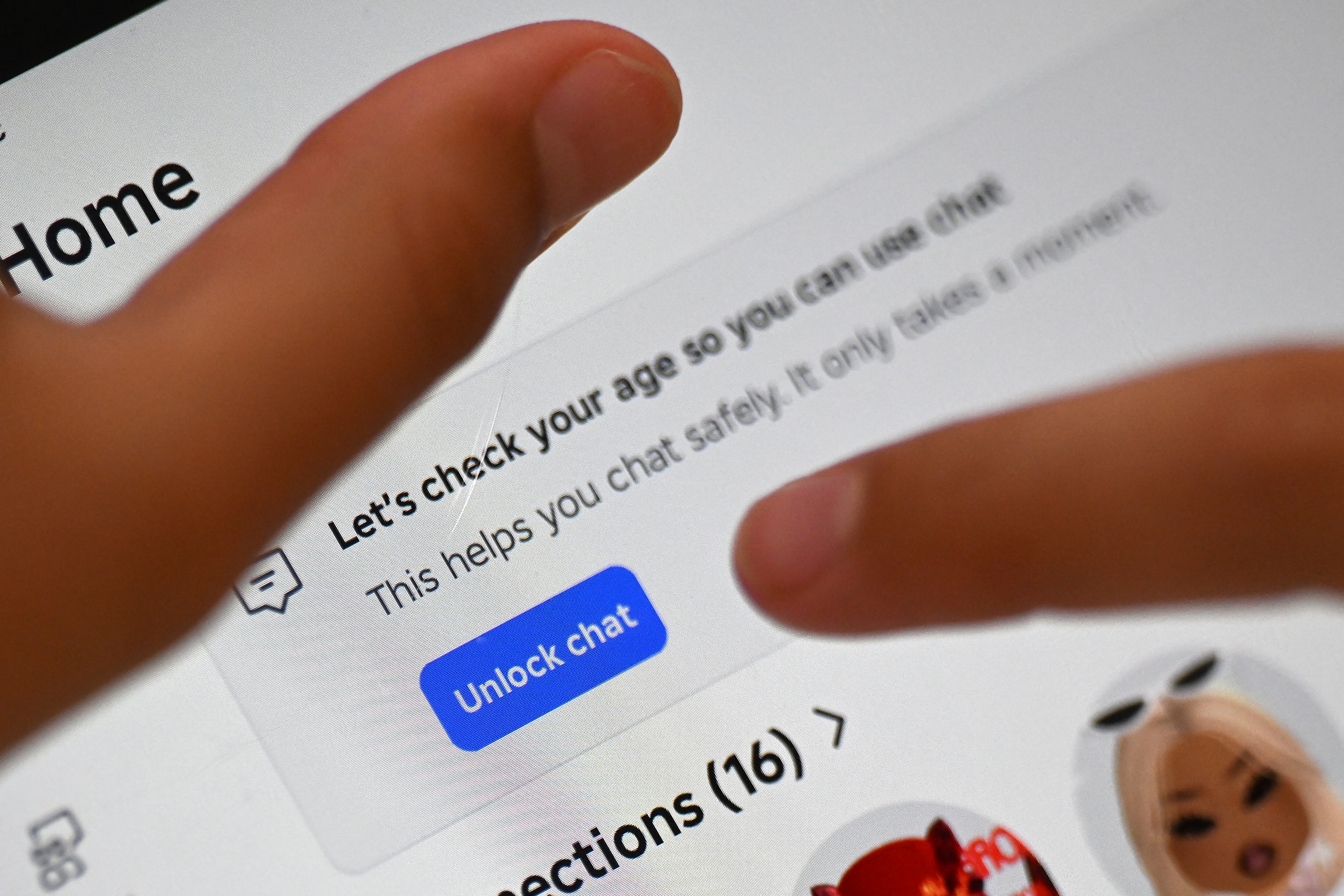Once upon a time, chickenpox parties were all the rage as parents attempted to catch a current outbreak. Children were deliberately sent to play with cousins, friends, and the neighbours’ kids who sported the tell-tale spots to catch the age-old virus, which is common and treatable. Today’s parents are more reluctant to go with the “catch it while they’re young” attitude as the chickenpox vaccine becomes more accessible and parents become more informed.
“For many of us, getting the chickenpox was simply a part of growing up,” says Sheena Mitchell, pharmacist and founder of the WonderCare podcast and health advice platform. “While it was uncomfortable for a short period, and some of us still have the scars to show, it was rarely a serious illness. In fact, chickenpox parties were a real thing in order to get it over with once your child had reached the more robust toddler stage. Usually, younger children present with a milder dose, and so it made sense even just for logistical reasons, to get the whole house infected in one go.”
Chickenpox is a highly infectious disease caused by the varicella zoster virus, which seasonally peaks between January and April. Knowing when a person is contagious has always been a conflicting conundrum for parents. However, Mitchell confirms that a person is contagious for up to two days before the spots appear and seven days afterwards, or longer depending on how quickly the spots scab over. With an incubation period of 10 to 21 days after initial exposure, it is important that those who are contagious, or have come into close contact with the virus, stay away from small babies, pregnant women, and the immunocompromised.
“Frustratingly, those infected with chickenpox are highly contagious for a couple of days before the first spots ever appear,” says Mitchell, “and usually present with just feeling generally unwell. The virus can be passed by coughing, sneezing, and close contact in the early stages, and then later through the blisters before the scabs appear.”
READ MORE
[ Chickenpox vaccine could be added to childhood immunisation scheduleOpens in new window ]
Often considered a rite of passage, this childhood disease is most prevalent in children and infants under the age of 12, but it can affect anyone, with adults more adversely affected. Chickenpox presents as a rash that begins as small red spots with clusters appearing for up to five days. After about 12 hours, these spots turn into fluid-filled blisters which can be extremely itchy and uncomfortable, covering the chest, back, face, arms, and legs. The blisters, which may burst, can last for up to two days before becoming cloudy and drying up. Patients are recommended to isolate until all spots have scabbed over.
Since the development of a safe vaccine for chickenpox, there is a growing number of parents who don’t wish their children to suffer unnecessarily
— Sheena Mitchell, pharmacist and podcaster
A bad dose of chickenpox can result in a rash appearing inside the ears, mouth, throat, and in the genital or nappy area, making the virus even more distressing for children. As a parent, it is important to do all you can to ensure your child is as comfortable as possible during this time.
Cooling and relieving treatments are the main agents used to relieve the itch, prevent infection and reduce scarring. Parents and pharmacists recommend Poxclin cool mousse or a calamine lotion. A bread soda or oat bath is known to ease irritation and promote healing, while an antihistamine is also recommended to reduce the itch. Paracetamol pain relief medicines are essential to help keep temperatures and sore spots under control, especially if the rash extends to the mouth and throat.
It’s important to note that parents should avoid ibuprofen (Nurofen) unless absolutely necessary as some studies have shown it can increase the chance of bacterial infection when used during chickenpox.While chickenpox cases mostly present with symptoms of spots, high temperature and headaches that typically disappear within a week and can be treated at home, the virus is not necessarily harmless. A mild illness can, on occasion, produce severe side-effects, such as bacterial skin infections, pneumonia and encephalitis, with the risk increasing with age.

In a recent episode of her podcast, Mitchell answered parents’ questions about the chickenpox vaccine, saying: “Since the development of a safe vaccine for chickenpox, there is a growing number of parents who don’t wish their children to suffer unnecessarily, miss school and run the risk of infecting a vulnerable member of their family... other parents get their children vaccinated in order to protect their vulnerable child from any complications of the infection, including those with intellectual disabilities or those with skin conditions like eczema and psoriasis.”
I don’t think people realise just how sick children can get from chickenpox. Everyone is fine now, but that experience is etched on my brain forever
— Jessica, mother
The chickenpox vaccination is not currently a part of Ireland’s routine childhood immunisation schedule, although this has been scheduled for review by Irish health authorities. Privately, parents can avail of the vaccine, Varivax, which is used to protect children and adults against the virus. It is administered in two doses, one month apart, from 12 months of age, and can be given at the same time as other vaccines on the childhood immunisation schedule. The cost of the vaccine is on average €90 per dose.
[ Vaccinations: Jewel in the crown of modern medical scienceOpens in new window ]
Mitchell says there is a worry that introducing the chickenpox vaccination for all children could increase the risk of chickenpox and shingles in adults. Both illnesses can be quite severe in adults and the risk of complications increase with age. Shingles is caused by the same virus as chickenpox but is more localised in its presentation since it is an infection of the nerve and the skin around it. You cannot spread shingles to others, but those who have never had chickenpox could catch chickenpox from your shingles. Being exposed to chickenpox as an adult through contact with an infected child actually boosts your immunity to shingles. If you vaccinate children against chickenpox, you lose this natural boosting, so immunity in adults will drop and more shingles cases will occur.

Mother-of-three Jessica vaccinated her third child, as her eldest became very ill with chickenpox and she was unaware as to just how sick a child can get with the virus. “It’s expensive, which puts some people off,” says Jessica, “but once my youngest was born nearly five years ago I said there was no way I’d put him through chickenpox if there was a way to avoid it. I don’t think people realise just how sick children can get from chickenpox. Everyone is fine now, but that experience is etched on my brain forever.”
“No parent likes to see their child suffer,” says Mitchell. “The question I have had to ask myself is whether on balance the risks of the disease are greater in childhood or when they are older. This is where a booster chickenpox vaccine programme could alleviate some of the concerns arising from waning antibodies and concerned parents.”














